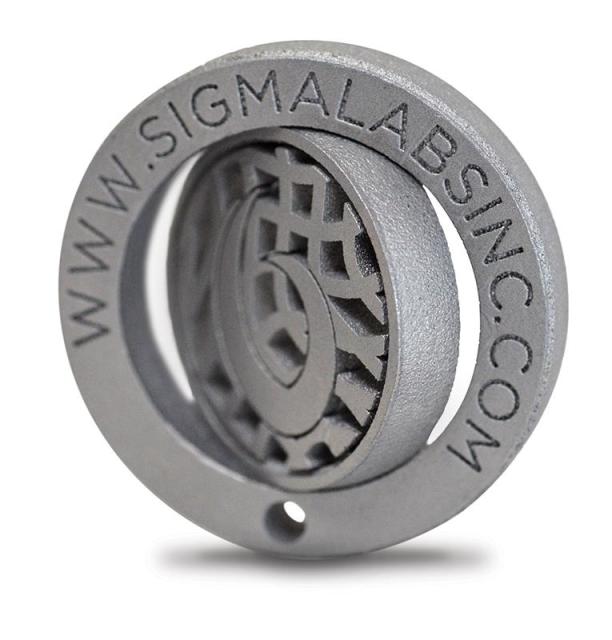
Metal 3D printing enables the production of new, more efficient and intricate geometries, with the potential to reduce costs and increase the performance of a given product.
While the technology holds unrealized potential for manufacturing, there are numerous hurdles preventing its widespread adoption.
In addition to the cost of many metal additive manufacturing (AM) machines, one of the biggest issues with the technology is repeatability and quality control, specifically when it comes to powder bed processes like direct metal laser sintering (DMLS). Due to variables related to support structure placement and minimizing residual stress during printing, a machine operator or engineer might try 3D printing a part more than a handful of times before getting the desired outcome.
For this reason, numerous companies are working to improve control over the printing environment in order to reliably and repeatedly produce quality parts. Among them is a Los Alamos National Laboratory spin out called Sigma Labs, which has been developing quality control hardware and software for powder bed metal 3D printing processes.
A member of the United States’ original industrial 3D printing institute, America Makes, Sigma Labs has become involved in high-level 3D printing projects with important names in defense and aerospace manufacturing, including GE and Honeywell. Both companies have since begun testing Sigma Labs’ proprietary In-Process Quality Assurance (IPQA) software on machines in-house.
Read more at ENGINEERING.com

